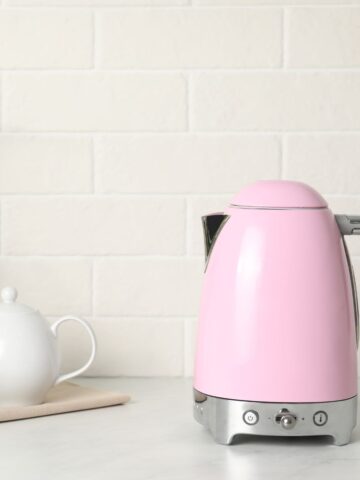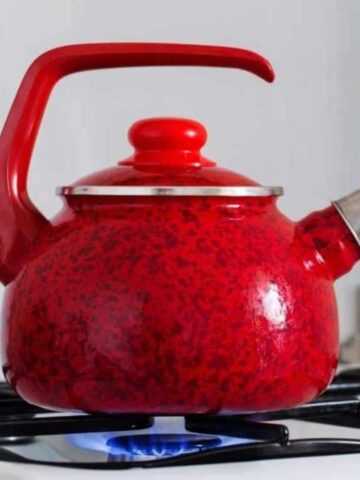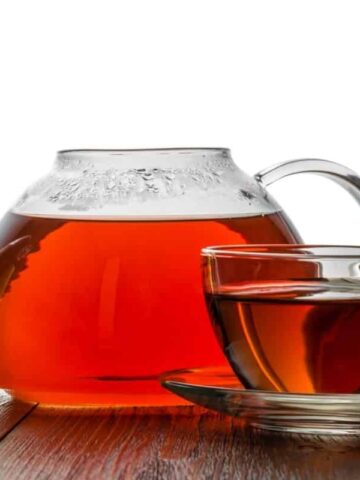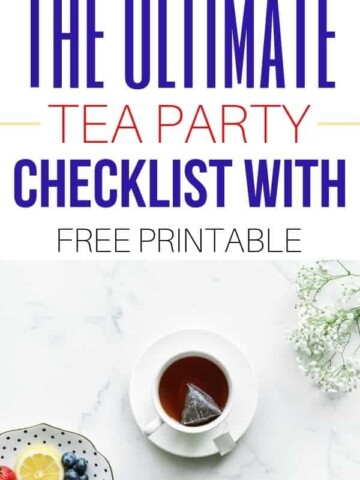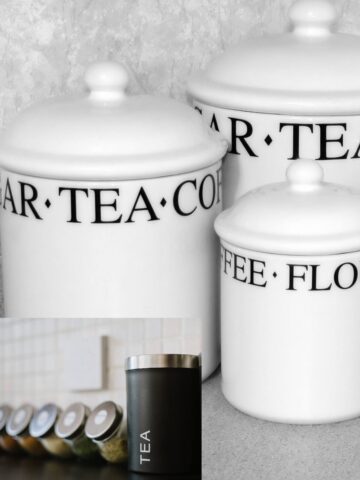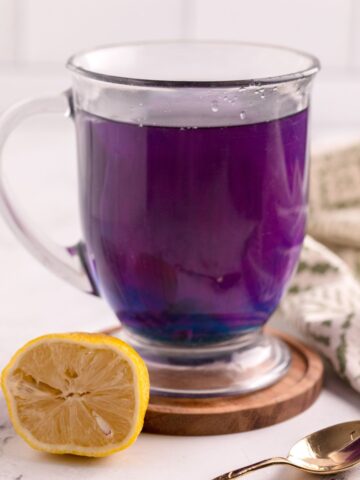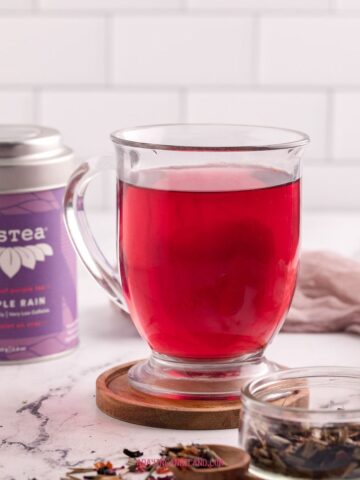You may think that using a tea kettle is a no-brainer, and yet it turns out that there are multiple ways to use a tea kettle. Also, there are multiple types of tea kettles as well. Tea kettles are pieces of equipment that are used to heat the water for the tea.
There are different types of tea kettles and some can be quite large, while others can be quite small. Continue reading for the best tips on how to use tea kettles.
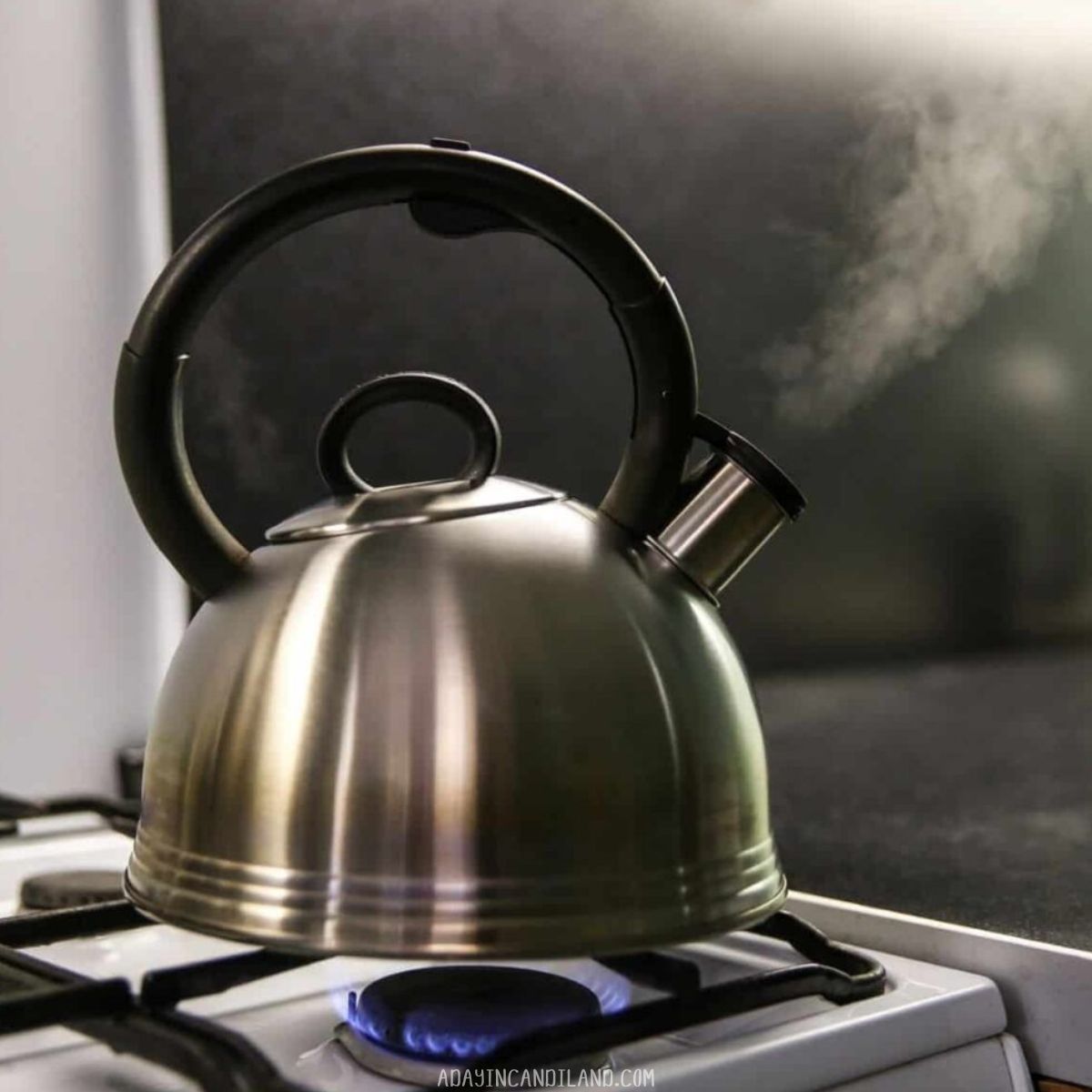
Stovetop Tea Kettle
Stovetop tea kettles are very easy to use. Like other tea kettles, this kettle is only used for boiling cold water from the tap. Below is a step-by-step guide on how to use your stovetop tea kettle.
Step 1: Clean Your Tea Kettle.
If your kettle is brand new or has been used many times before, it is best to clean your kettle just before you use it. The best way to clean your tea kettle is to wash it in hot water with soap.
Step 2: Add Water To The Kettle.
Now that your kettle is clean, you can add cold water. It is up to you whether you use filtered or unfiltered water. Some people believe that water straight from the tap affects the taste of the tea, but this is just a personal preference. Thus it is up to you what kind of water you use to fill up your kettle.
You should only fill up your kettle with a little more water than you need. You don’t want to overfill your kettle, otherwise, hot water will spill out once the kettle and water begin to boil.
Step 3: Heat Your Kettle.
Place your kettle full of water onto your stovetop. You can use stovetop tea kettles on electric, gas, and induction stoves. You can also use it on a hot plate. You will want to heat your kettle to your desired temperature. Some stovetop tea kettles now have a temperature sensor feature that allows you to monitor the temperature of the water.
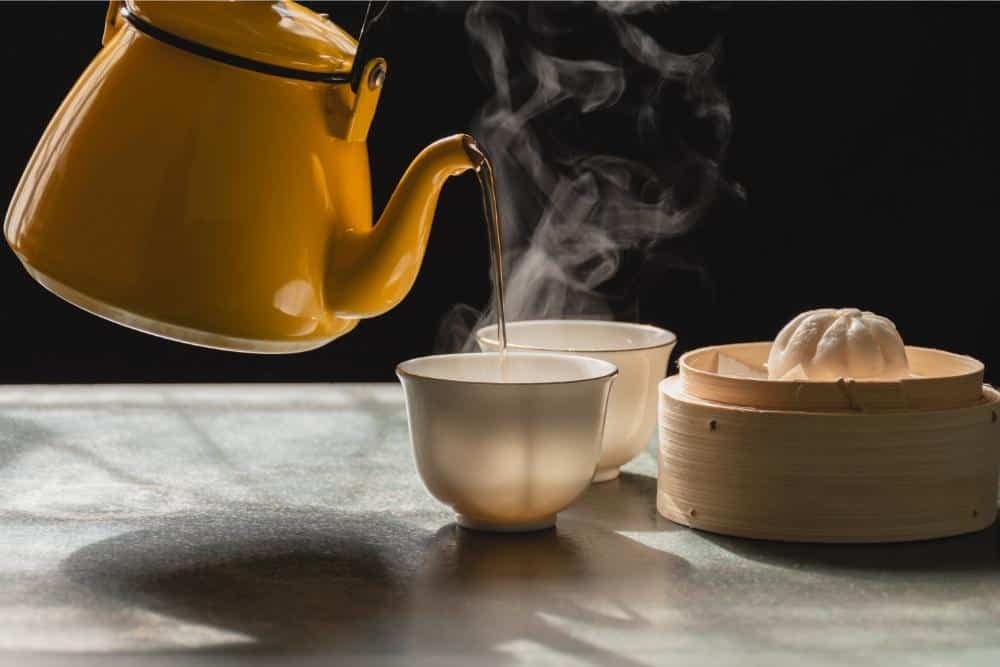
Thus you can then remove the kettle at the right time. However, some kettles don’t have a sensor and instead have a whistling feature, that whistles when the water has reached a full boil.
You must remove the kettle once the water is ready. Otherwise, your kettle may become damaged if it is left on the stove. Eventually, all the water will evaporate and the kettle will dry boil, which will ruin the kettle for future uses.
When it comes to black teas and herbal teas, you will want to heat your kettle until the water has reached a full boil. However, when it comes to green tea, oolong tea, or white tea, you only need to heat the water until it’s steaming and not boiling.
Step 4: Add Water To Your Tea.
Now that your water has reached the perfect temperature, you can pour your water over your tea leaves in your pot or cup. This allows you to completely saturate your tea leaves.
For the best-tasting tea, we would recommend using a teapot or tea infuser for this step. These methods allow your tea leaves to create a richer and more flavorful cup of tea.
Step 5: Empty The Kettle.
Any water that is remaining in your kettle, you should pour it away. Otherwise, rust and other bacteria could begin to form and then ruin the quality of your tea kettle. Which would then affect the quality of the tea that you would be making.
Once the kettle is empty, you should leave your tea kettle on a cool surface on your stovetop, ready for its next use.
Additional Reading
Electric Tea Kettle
Electric tea kettles are a lot more popular and common than stovetop tea kettles. This is because electric kettles heat the water much quicker. Electric and stovetop tea kettles are very similar. The only difference between them is that an electric kettle uses an electric base to heat the water and not the stovetop. Below is a guide on how to use an electric tea kettle.
Step 1: Clean Your Kettle.
If you have a new electric kettle you should clean it with hot water and soap.
Step 2: Plug The Base In.
As this kettle uses an electric base, you need to plug the base into an electrical outlet. The base is the thing that provides the heat for your kettle to boil the water. We recommend plugging your kettle into an outlet in your kitchen and on a countertop that has plenty of space.
Step 3: Add Water To The Kettle.
Now you can fill your kettle up with cold water. This water can be filtered or unfiltered, the choice is yours. On most electric kettles there are measures on the side that tell you how much water is inside the kettle. This helps you judge how far to fill the kettle up.
Be careful not to overfill the kettle. Otherwise, once the kettle reaches full boiling point, hot water can spill out from the top of the kettle.
Step 4: Heat The Kettle.
Most kettles will heat the water to a full boil, but you can take the kettle off the base before it reaches this stage. However, there are a few kinds of electric kettles that have a temperature sensor that allows you to choose what temperature to heat the water to.
Step 5: Add The Water To Your Tea.
Once the water has reached its perfect temperature, take the kettle off the base. You should pour your water over your tea leaves in your pot or cup. This allows you to completely saturate your tea leaves.
For the best-tasting tea, we would recommend using a teapot or tea infuser for this step. These methods allow your tea leaves to create a richer and more flavorful cup of tea.
Step 6: Empty The Kettle.
Any water that is remaining in your kettle, you should pour it away. Otherwise, rust and other bacteria could begin to form and then ruin the quality of your tea kettle. Which would then affect the quality of the tea that you would be making. Then you can place your kettle back onto the base until the next time that you want a cup of tea.
Tea Kettle Vs Teapot

It could be easy to confuse a tea kettle with a teapot. Sometimes the terms are used for one another, however, it is important to note that they are different things. Tea kettles are used to heat only the water that goes into making tea.
While teapots are made for brewing tea. They are commonly made from ceramic, cast iron, or glass. You can place a tea kettle on a stove but you can’t place a teapot anywhere to heat the water. Therefore teapots and tea kettles are two different pieces of equipment that go into making a good cup of tea.
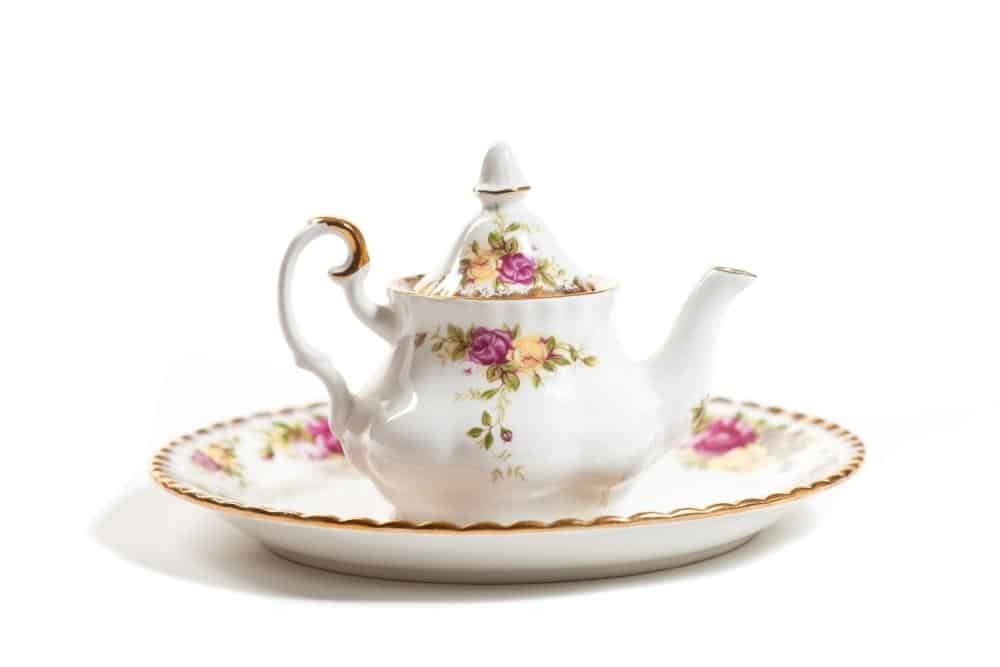
Summary
A tea kettle is used to heat the cold water that is used to brew tea. The two most common types of tea kettles are stovetop tea kettles and electric tea kettles. Both can be used similarly, the only difference is how they heat the water. We have now shown you have to use a tea kettle, so now you can produce the best-tasting cup of tea possible.


